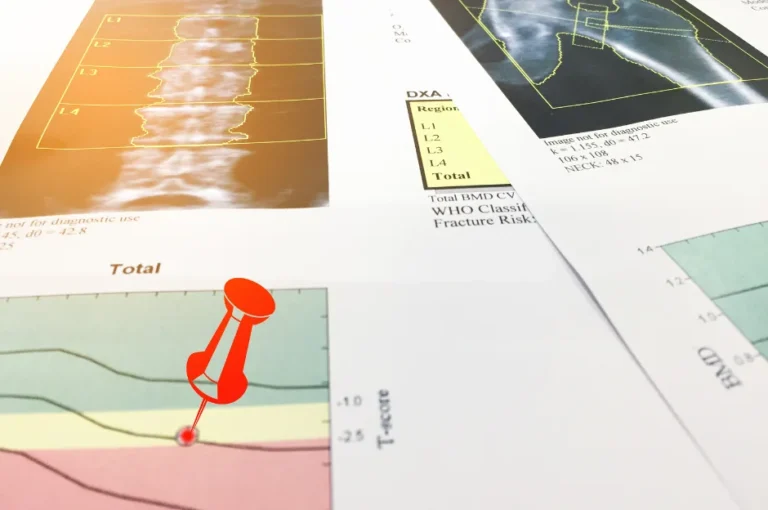Pain management is a critical concern for many, especially for those leading active lifestyles or navigating the challenges of aging. Traditional methods have their place, but an increasing number of patients and healthcare providers are looking for more innovative, less invasive options. One such option that’s gaining attention is shockwave therapy. Let’s delve into what makes this treatment so intriguing.
What Exactly Is Shockwave Therapy?
Shockwave therapy, or Extracorporeal Shock Wave Therapy (ESWT), is a non-invasive procedure that uses acoustic waves to target areas in the body afflicted with pain. These sound waves stimulate the body’s natural repair mechanisms, promoting tissue healing, reducing inflammation, and alleviating pain. The concept might sound futuristic, but it’s rooted in decades of medical research and has garnered widespread acclaim for its effectiveness.
The Science Behind the Therapy
The principle behind shockwave therapy is relatively straightforward. By delivering focused shock waves to the affected area, the treatment induces micro-trauma that promotes the body’s natural healing response. This includes stimulating blood flow, breaking down calcified deposits (in the case of tendons), and encouraging the regeneration of damaged tissue. What makes shockwave therapy stand out is its ability to prompt healing without direct intervention, such as surgery.
Why Is Shockwave Therapy Gaining Popularity?
Non-Invasive: Perhaps the most appealing aspect of shockwave therapy is its non-invasive nature, offering a significant advantage over surgical alternatives. This means shorter recovery times and less risk of complications.
Efficiency: Treatment sessions are relatively quick, usually lasting about 15-20 minutes, with patients often reporting relief after just a few sessions.
Versatility: Shockwave therapy has been effective in treating a range of conditions, including but not limited to tendinitis, plantar fasciitis, and other musculoskeletal disorders.
Sustainability: By harnessing the body’s own healing mechanisms, the therapy promotes long-term healing rather than offering a temporary fix.
While shockwave therapy represents a promising solution for many, it’s essential to consult with a healthcare professional to determine whether it’s the right option for your specific condition.
At Highlands Chiropractic & Wellness, we’re dedicated to staying at the forefront of medical advancements, offering a range of treatments designed to support your health and well-being. If you’re exploring pain management options and are curious about shockwave therapy, we’re here to provide the information and guidance you need to make an informed decision. Our commitment is to your health and wellness journey, empowering you with choices that align with your lifestyle and health goals.






